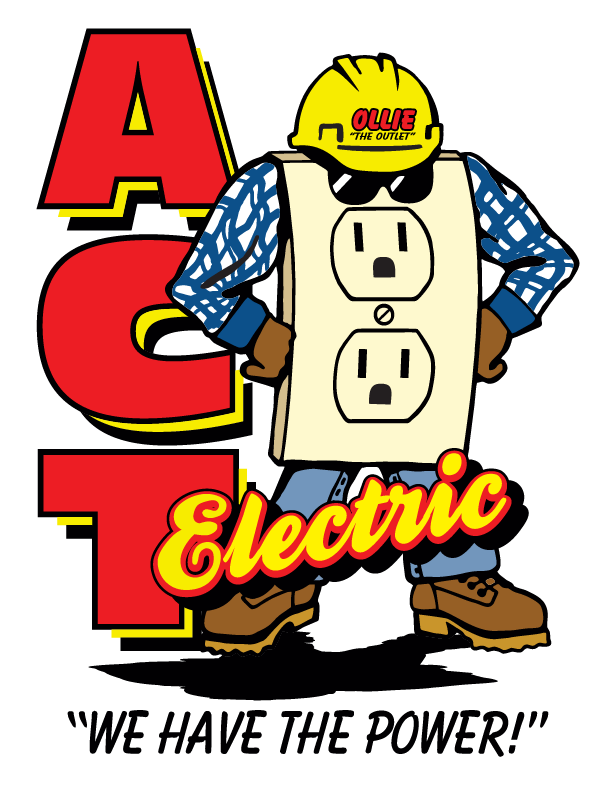An Easy Guide to Choosing Light Bulbs for a Home
There are tons of light bulbs to choose from, making the decision difficult for an average homeowner.
Lighting plays a vital role in creating a lively and comfortable home environment. Proper lighting dramatically changes how a space looks and feels. The key to ideal home lighting is selecting the correct fixtures and appropriate light bulbs. The choice of light bulb impacts the home atmosphere, energy costs, mood, and productivity.
There are tons of light bulbs to choose from, making the decision difficult for an average homeowner. Installing the same type of light bulb throughout the house is not a wise decision. Several things require consideration while shopping for light bulbs for different home areas.
Lumens and watts
Lumens are the measurement of light brightness. Too dim or too bright rooms can lead to discomfort. Getting the correct illumination is essential for lighting a room. A bulb with higher lumens is brighter than the one with lower lumens. Some spaces like home offices and kitchens need more illumination than a dining room, hallway, or closet. The required brightness usually depends on the type and size of the room. A homeowner can either choose to install more light bulbs or install brighter light bulbs.
Watts refers to the energy the light bulb uses to power itself. When looking at watts, consider the energy efficiency of the light bulb. Lower wattage means lower electricity bills.
Color temperature
The light bulb’s color rating or temperature is measured in kelvins. Light bulbs with lower kelvin numbers have warmer tones, and those with higher temperatures appear whiter or bluer. Bulbs with color temperatures ranging from 2,700 to 3,000 kelvins are soft white and have yellow undertones. Ones with 3000 to 4000 kelvins are warm white with some yellow undertone. Bulbs ranging from 4000 to 5000 kelvins are bright white with some blue undertone. Daylight bulbs with 5000 to 6000 kelvins have a lot of blue undertones and provide bright illumination. Consider the kind of room and personal preference while choosing a color temperature. Go for higher color temperature for task-oriented spaces and lower for cozy spaces.
Check the package label
The light bulb package includes a label at the back or side with information like brightness, life expectancy, estimated annual cost, energy used, light appearance, and mercury information. Please read the information carefully to pick the correct light bulb.
Types of light bulbs
There are three types of light bulbs commonly available today:
Incandescent bulbs
Incandescent bulbs have been around for a long time and are the least expensive option. They are available in different shapes and colors but are not energy efficient.
Compact fluorescent bulbs
CFL bulbs are more efficient than incandescent bulbs and have a longer lifespan. They are budget-friendly and come in a range of color temperatures. Avoid turning them on and off frequently.
LED bulbs
LEDs are the most expensive but the most energy-efficient and the most durable light bulb option. They are the newest trend in the industry. In LEDs, 95% of the energy produces light, and only 5% gets lost as heat. In addition, LEDs are the most environmentally-friendly light bulb option.
Choose the best light bulbs for the home
Get assistance from an electrician if you are indecisive about choosing the best light bulbs for the home. Professional electricians can make recommendations based on the light requirements of each room to save energy.
The qualified electricians at ACT Electric perform quality lighting, wiring, home generators, landscape and security lighting, and new home wiring jobs. We are a 24-hour emergency electrician to cater to all your needs any time of the day or night. call at (480) 986-1722.

